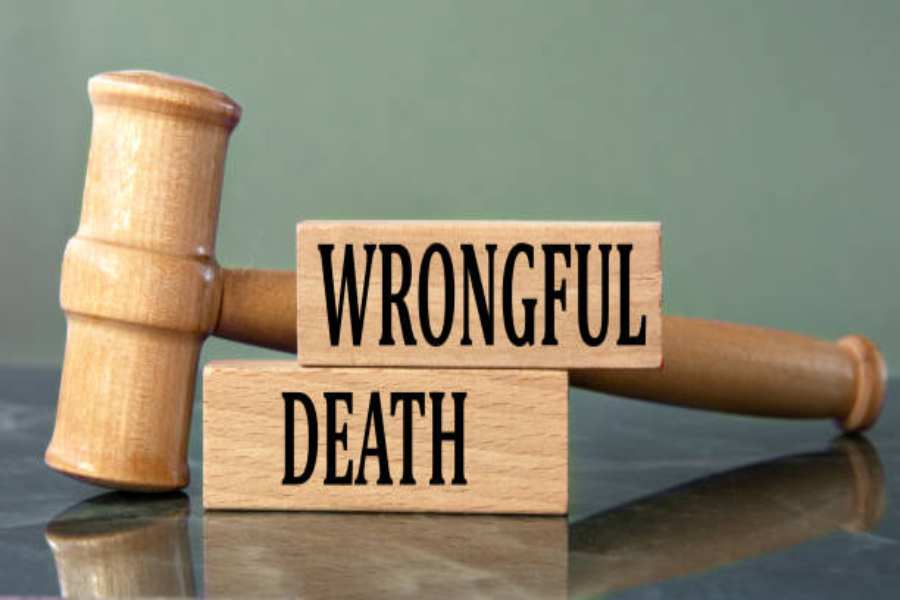Nevada isn’t just famous for its casinos and nightlife; it also has a disturbingly high number of accidents. Data from the Office of Traffic Safety states that over 380 people lost their lives in traffic accidents. In such situations, filing a wrongful death lawsuit is the right thing to do.
A wrongful death lawsuit is a legal action that is filed by the survivors of someone who has passed away because of someone else’s actions. The death must be caused by negligence, recklessness, or intentional harm.
Simply put, if someone else’s actions or failure to act safely led to the death of your loved one, you might have grounds for a wrongful death claim.
Also, you’ll have a better chance at getting justice with the help of Henderson, NV, wrongful death lawyer.
Key Elements of a Wrongful Death Claim
Before diving into whether you have a valid case, it’s essential to understand the foundational elements that make up a wrongful death claim.
These elements are what you’ll need to prove in order to win your case.
Negligence
First, you must establish that the defendant (the person or entity responsible) had a duty of care. This means that they were legally required to act in a certain way to protect the safety of others.
Next, you need to show that the defendant breached this duty. For example, a driver failing to stop at a red light and causing an accident would be considered a breach of their duty to drive safely.
Also, the breach of this duty must have directly led to the death of your loved one. This is where causation comes into play.
Causation
It’s not enough to prove that the defendant was negligent; you must also show that their negligence caused the death. In a wrongful death case, you’ll need to demonstrate that if the defendant had not acted negligently, your loved one would still be alive today.
For instance, if someone dies in a car crash because the other driver was texting while driving, the texting driver’s behavior must be proven to have been the direct cause of the death.
Damages
The next piece of the puzzle is proving damages. You’ll need to show that as a result of the wrongful death, you (or other surviving family members) have suffered financial losses and emotional harm.
This can include medical bills, funeral expenses, loss of income, and loss of companionship, among other things.
Statutory Requirements
Depending on the state you are in, there may be specific rules governing who is allowed to file a wrongful death claim. Typically, immediate family members like spouses, children, or parents of the deceased can file, but laws vary.
Each state also has different time limits for filing a claim. This is called the statute of limitations, and if you miss this window, you might lose your right to file a lawsuit.
Avoiding Common Pitfalls When Pursuing a Wrongful Death Case
Now that we’ve covered the checklist, it’s equally important to avoid common mistakes that can hinder your case. Here are the mistakes you should take care not to make.
Not Gathering Sufficient Evidence
Evidence is key to proving negligence and causation. If you believe that you have a valid case, start gathering everything you can, including police reports, medical records, witness statements, photographs, and any videos that might show what happened. Without concrete evidence, your case may not hold up in court.
Delaying Legal Action
Every state has a statute of limitations for filing wrongful death claims. This means there’s a limited window of time in which you can bring a case to court. If you wait too long, you risk losing your right to sue.
It’s also important to consult with an attorney as soon as possible after the death.
Not Understanding the Specific Requirements of Your State
As mentioned, wrongful death laws differ from state to state. For example, some states may allow a wider range of individuals (like extended family) to file a claim, while others may limit it to immediate family members.
Ensure that you fully understand your state’s laws by speaking to an experienced attorney who can guide you through the process.


